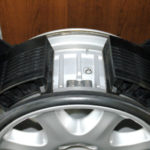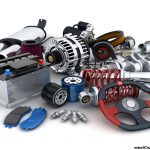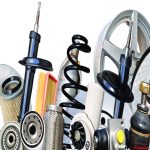Automobiles Aren’t Submarines, But Car Engines Can Survive Some Water
Unless you own an amphibious vehicle your car has no business being in more water than a puddle. Unfortunately, this can’t always be helped as accidents and natural disasters sometimes occur. The question is, what do you do with a car after it has been submerged in a lake or caught in a flood? While most would simply say dump it there is a chance to save it or at least salvage some of the parts.
The biggest issue is the auto’s engine. If the engine gets submerged, the first thing you need to find out is what type of water did the damage. If saltwater is the culprit, you have some big problems, but if it was fresh water you at least have a chance.
Before starting the car you need to do the following:
- Remove the car battery. This should be pretty obvious, electricity and water don’t mix.










